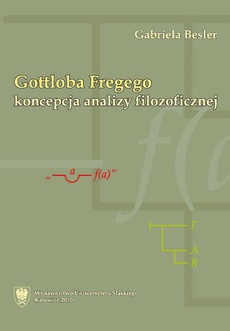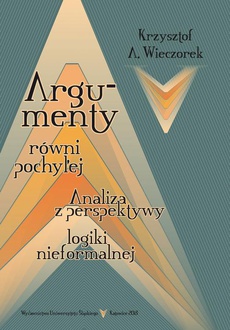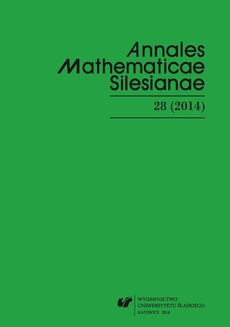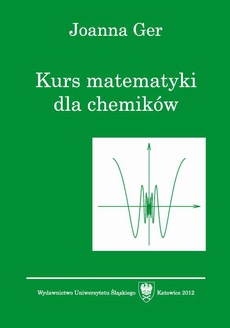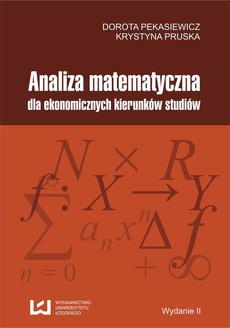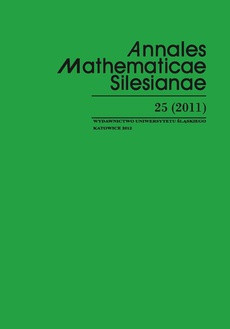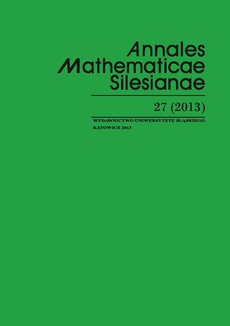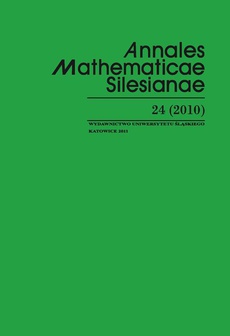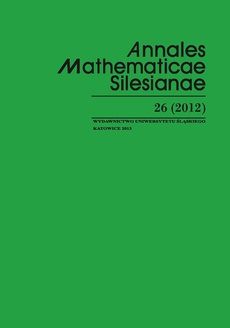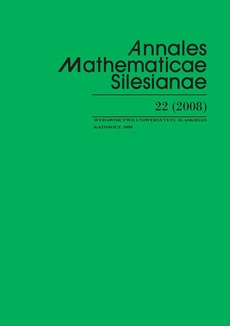POLECAMY
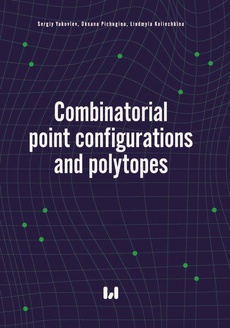
Combinatorial point configurations and polytopes
Wydawca:
Format:
ibuk
The monograph is dedicated to exploring combinatorial point configurations derived from mapping a set of combinatorial configurations into Euclidean space. Various methods for this mapping, along with the typology and properties of the resultant configurations, are presented. In addition, the study revolves around combinatorial polytopes defined as convex hulls of combinatorial point configurations. The primary focus lies in examining multipermutation and partial multipermutation point configurations alongside their associated combinatorial polytopes known as multipermutohedra and partial multipermutohedra. Our theoretical contributions are substantiated through the proof of theorems and supporting auxiliary statements. Examples and illustrations are included to enhance the comprehension of the material.
| Rok wydania | 2023 |
|---|---|
| Liczba stron | 232 |
| Kategoria | Logika matematyczna |
| Wydawca | Wydawnictwo Uniwersytetu Łódzkiego |
| ISBN-13 | 978-83-8331-392-4 |
| Numer wydania | 1 |
| Język publikacji | angielski |
| Informacja o sprzedawcy | ePWN sp. z o.o. |
Ciekawe propozycje
Spis treści
| Introduction | 9 |
| 1 Background of finite point configurations | 15 |
| 1.1 Sets and multisets, order relations and mappings | 15 |
| 1.2 Finite point configurations and their decompositions | 20 |
| 1.3 Convex hulls of finite point configurations | 29 |
| 1.4 Functional representations of finite point configurations | 35 |
| 2 Finite and combinatorial point configurations | 45 |
| 2.1 Properties of finite point configurations | 45 |
| 2.2 Multilevel finite point configurations and multilevel polytopes | 51 |
| 2.3 Operations on finite point configurations | 58 |
| 2.3.1 Subsets of finite point configurations | 61 |
| 2.3.2 Intersection of finite point configurations | 63 |
| 2.3.3 Intersection of finite point configurations and surfaces | 65 |
| 2.3.4 Intersection of finite point configurations and strictly convex surfaces | 66 |
| 2.3.5 Union of finite point configurations | 67 |
| 2.3.6 Minkowski sum and difference of finite point configurations | 69 |
| 2.3.7 Hadamard product of finite point configurations | 71 |
| 2.3.8 Direct sum of finite point configurations | 83 |
| 3 Combinatorial point configurations | 91 |
| 3.1 Combinatorial configurations and their collections | 92 |
| 3.2 Euclidean combinatorial configurations | 95 |
| 3.3 Typology of combinatorial point configurations | 99 |
| 3.4 Illustrative examples | 103 |
| 3.5 Special cases of EMPCs and EPMPCs | 106 |
| 4 Multipermutation point configurations | 109 |
| 4.1 The entire multipermutation point configuration | 109 |
| 4.2 The entire permutation point configuration | 122 |
| 4.3 The EPPC En | 126 |
| 4.4 The entire special multipermutation point configuration | 131 |
| 4.5 The EBPC Bn (m) | 137 |
| 4.6 The EMPC E′ n3(G) | 142 |
| 4.7 Simple multipermutohedra | 145 |
| 4.8 Combinatorically equivalent multipermutohedra | 147 |
| 4.9 Illustration of Enk(G) and Πnk(G) (n = 3, 4) | 148 |
| 5 Partial multipermutation point configurations | 153 |
| 5.1 The entire partial multipermutation point configuration | 153 |
| 5.2 The entire partial permutation point configuration | 167 |
| 5.3 The entire unbounded partial permutation point configuration | 170 |
| 5.4 The EPMPC En n+1,k(G) | 173 |
| 5.5 The entire special partial multipermutation point configuration | 179 |
| 5.6 The ESPPC Enn+1,2(G) | 188 |
| 5.7 Vertex-located EPMPCs | 190 |
| 5.8 The EBPPC Bn (m1,m2) | 193 |
| 5.9 The EUBPPC Bn | 200 |
| 5.10 Combinatorically equivalent partial multipermutohedra | 204 |
| 5.11 Illustration of Enηk(G) and Πnηk(G) (n = 2, 3) | 208 |
| Conclusion | 215 |
| Bibliography | 219 |



